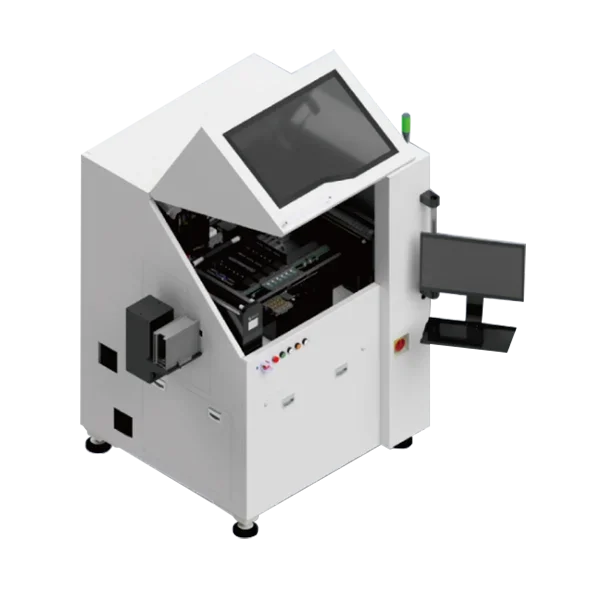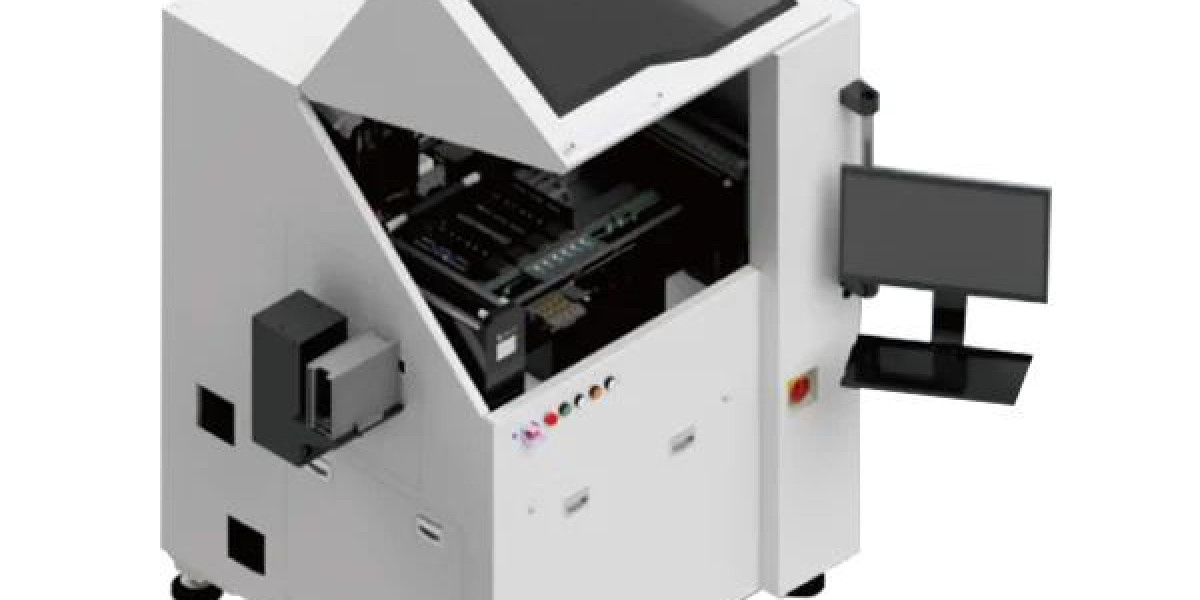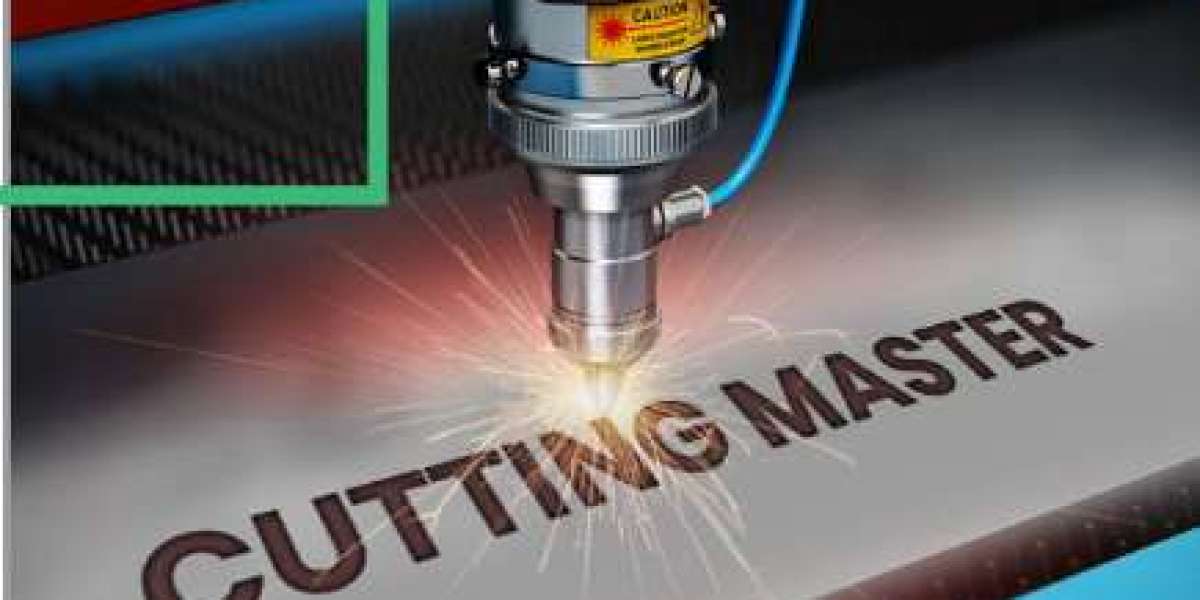In today's fast-paced and technologically advanced world, the demand for smaller, faster, and more powerful electronic devices is ever-increasing. To meet these demands, manufacturers are constantly striving to improve production accuracy and efficiency. One crucial aspect of electronic manufacturing is the placement of multiple chips onto circuit boards. This process requires precision and accuracy to ensure optimal functionality and reliability of the final product. In this blog post, Suzhou Lieqi will explore how multi-chip placement equipment has transformed the production process, leading to improved accuracy, increased productivity, and reduced costs.
Section 1: The Basics of Multi-Chip Placement
To understand the significance of multi-chip placement equipment, it is essential to grasp the fundamentals of the process. Multi-chip placement involves the precise positioning of multiple electronic components, such as integrated circuits (ICs), resistors, capacitors, and more, onto a printed circuit board (PCB). Traditionally, this task was performed manually or with the help of single-chip placement machines. However, these methods were time-consuming, prone to errors, and limited in terms of production capacity.
Section 2: The Advantages of Multi-Chip Placement Equipment
2.1 Enhanced Accuracy and Precision
One of the primary advantages of multi-chip placement equipment is its ability to achieve unparalleled accuracy and precision. These machines utilize advanced vision systems, robotic arms, and high-speed algorithms to precisely position each chip onto the PCB. The automated nature of the equipment eliminates human errors and ensures consistent placement, resulting in improved product quality and reliability.
2.2 Increased Productivity and Throughput
Multi-chip placement equipment offers significantly higher productivity and throughput compared to manual or single-chip placement methods. These machines can handle multiple components simultaneously, reducing the time required for each placement cycle. Additionally, they can operate continuously without breaks, leading to a substantial increase in production capacity. This enhanced productivity allows manufacturers to meet market demands more efficiently and stay ahead of the competition.
2.3 Cost Reduction and Efficiency
By automating the chip placement process, multi-chip placement equipment helps reduce labor costs associated with manual placement. Moreover, the precise positioning of components minimizes the need for rework or repairs, saving both time and resources. Additionally, these machines optimize material usage, reducing waste and further contributing to cost savings. Overall, the implementation of multi-chip placement equipment leads to improved operational efficiency and cost-effectiveness.

Section 3: Advanced Features and Technologies
3.1 Vision Systems and Alignment Algorithms
Multi-chip placement equipment incorporates advanced vision systems that capture high-resolution images of the PCB and components. These images are then processed using sophisticated alignment algorithms to determine the precise position and orientation of each chip. This technology ensures accurate placement, even for small-sized components or complex PCB layouts.
3.2 Robotic Arms and Pick-and-Place Mechanisms
The robotic arms integrated into multi-chip placement equipment play a crucial role in the precise handling and placement of components. These arms are equipped with specialized grippers that securely hold the chips and position them onto the designated locations on the PCB. The pick-and-place mechanisms enable fast and accurate transfers, ensuring efficient production cycles.
3.3 Real-Time Monitoring and Quality Control
To maintain high production standards, multi-chip placement equipment often includes real-time monitoring and quality control features. These systems continuously monitor the placement process, detecting any errors or deviations. If an issue is detected, the equipment can automatically pause or adjust its operations, preventing defective products from being produced. This real-time monitoring capability enhances quality control and reduces the likelihood of faulty devices reaching the market.
Conclusion
Multi-chip placement equipment has revolutionized the electronic manufacturing industry by significantly improving production accuracy, efficiency, and cost-effectiveness. Through advanced features such as vision systems, robotic arms, and real-time monitoring, these machines offer unparalleled precision and productivity. The benefits of multi-chip placement equipment extend beyond the manufacturing process, as it enables the production of smaller, more powerful, and reliable electronic devices. As technology continues to advance, it is expected that multi-chip placement equipment will further evolve, incorporating artificial intelligence and machine learning algorithms to enhance its capabilities. Manufacturers who embrace this technology will gain a competitive edge, meeting the demands of the market while maintaining high-quality standards.
https://www.szlieqi.com/How-does-multi-chip-placement-equipment-improve-production-accuracy.html








